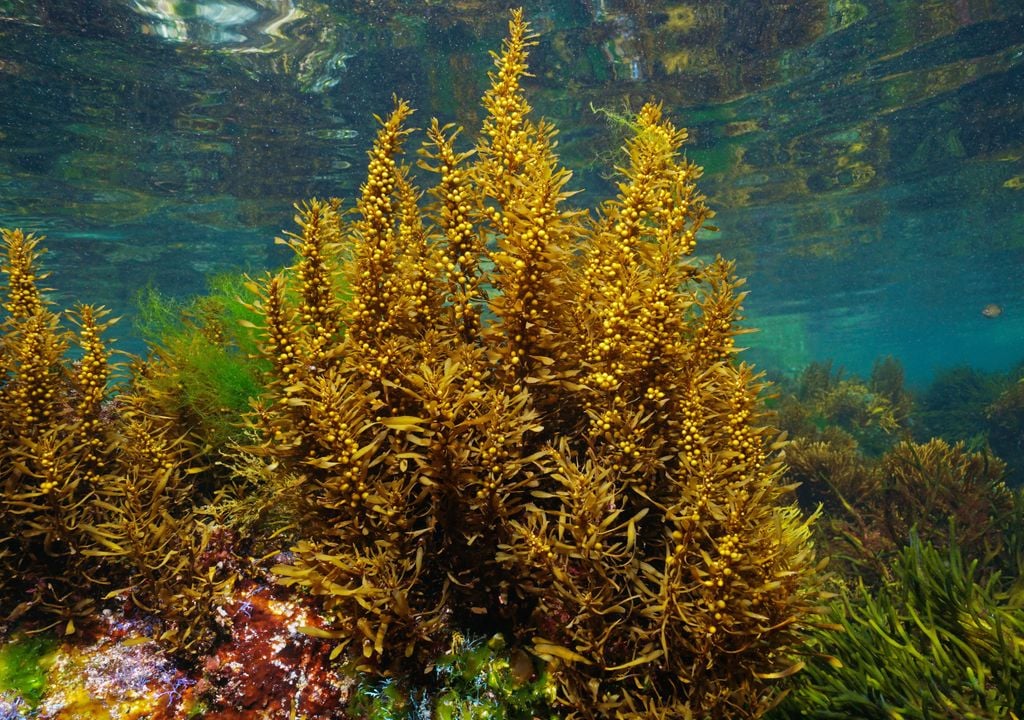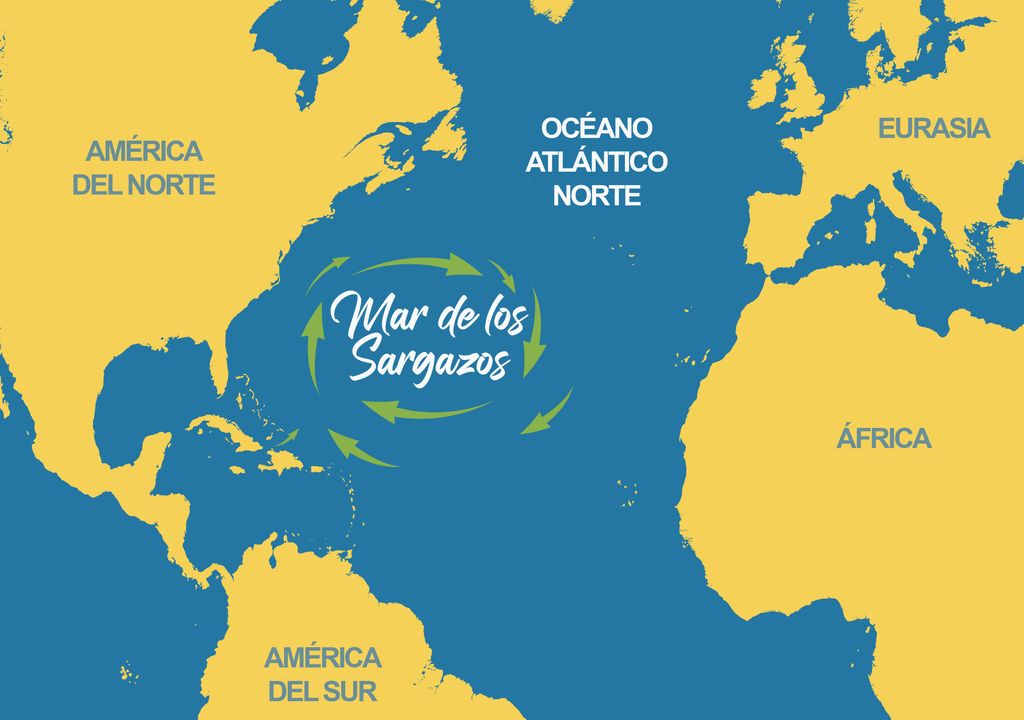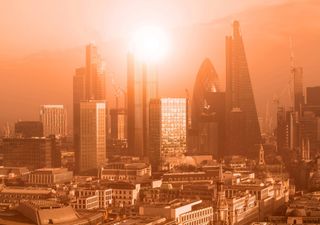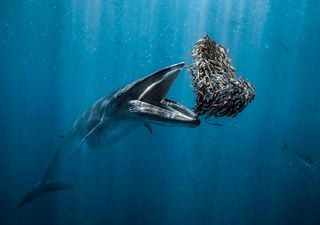This is the only sea in the world without a coast
With no land boundaries, it has inspired epic and terrifying stories. Today, its carpets of algae form a unique mobile ecosystem that serves as a refuge for numerous vulnerable and protected marine species, such as loggerhead turtles and seahorses.

There is a unique and enigmatic place on the planet whose history is full of myths and legends that have been captured in film and literature and have captured the imagination of generations. A body of water with unique ecological characteristics that make it a perfect habitat for numerous species, and which plays a crucial role in the migratory cycles of marine species.
It is the Sargasso Sea, which continues to challenge our understanding of the laws that govern nature and reminds us of the need to protect its delicate ecosystem, today threatened by the hand of man.
A sea within an ocean
The Sargasso Sea, which has fascinated sailors, scientists and explorers for centuries, is a vast expanse of the North Atlantic Ocean with an area of approximately 3.5 million square kilometres. Unlike other marine areas, it is not defined by coastlines, but by the ocean currents that surround it: to the west by the Gulf Stream, to the north by the Azores Current, to the east by the Canary Current, and to the south by the Atlantic Equatorial Current.

Its name comes from the dense accumulation of floating algae of the Sargassum genus, but despite this, the waters of the Sargasso Sea are distinguished by their intense blue colour and exceptional clarity, with underwater visibility of up to 60 metres. They are also exceptionally calm.
Physical and ecological characteristics of this unique sea
The open and expansive nature of this particular sea defines its vegetation, particularly sargassum. This is a type of brown algae that floats on the surface of the water and forms large floating mats that can span several kilometres.
These algae are not attached to the seabed, making them a mobile part of the ecosystem and habitat for a wide variety of organisms. Some species, such as the sargassum fish and the seahorse, have adapted to live in this floating environment.
El mar de los sargazos del Atlántico ha crecido, ahora es un enorme cinturón de algas de 9.000 km que se extiende de la costa africana al Golfo de México y pesa 20 millones de toneladas. Desde 2011 la superficie de algas no ha hecho más que crecer. ¿Por qué? pic.twitter.com/FKFNDXi3Li
— Alex Richter-Boix (@BoixRichter) July 5, 2019
In addition, seaweed provides shelter for the young of many marine species. For example, loggerhead turtles often spend their first years of life on these floating mats, which provide them with protection and food. Other species that migrate across the Atlantic, such as European and American eels, which are born in the sea and then travel thousands of kilometres to rivers and streams in Europe and North America, return to the Sargasso Sea to reproduce.
A story full of myths
Since the first European explorers sailed its waters in the 15th century, the Sargasso Sea has inspired myths and legends. Sailors described it as a death trap where ships would become trapped for months in seaweed, condemning crews to a slow death by starvation. However, the idea that ships would become stranded for long periods by seaweed is more myth than reality. These aquatic organisms are not dense enough to trap a ship.
Qué hay en el Triángulo de las Bermudas?
— marLa isabelle (@marlaisabelle) August 26, 2019
Abro hilo. pic.twitter.com/U5CIzpzX61
So, probably, the idea expressed by these sailors has more to do with the meteorological conditions of the region, such as the calms of the equatorial sea, which are characterised by the absence of winds necessary to propel sailing ships.
The Sargasso Sea has also been associated with another disturbing maritime legend: that of the Bermuda Triangle. Located to the west of the sea, this area has been the scene of numerous reports of mysterious disappearances of ships and planes. Although this sea is not directly part of the Triangle, its proximity has fuelled the popular imagination about the dangers of its otherwise calm waters.
These are the main environmental problems
The same characteristic that makes it unique, that is, the marine currents that delimit it and the proliferation of algae, have made the Sargasso Sea become an accumulation zone for plastic waste. A pollution problem that especially affects marine life, since many animals confuse the plastic fragments and end up ingesting them.
Todos los mares son cerrados y tienen costa, pero hay una excepción, solo una. Es el mar de los Sargazos, en el lado occidental del Atlántico, no tiene fronteras terrestres. Por desgracia su nombre ahora es La mancha de basura del Atlántico por tantos residuos allí. pic.twitter.com/3wBRNUlbg0
RelatandoHistoria (@relatandohisto1) September 28, 2019
On the other hand, the massive arrival of sargassum to other areas of the Atlantic, such as the Caribbean, is a cause for concern due to its economic impact. When it accumulates on beaches, the sargassum decomposes, generating a bad smell and changing the colour of the landscape.
By covering coastal waters, the algae also prevent light from filtering to the seabed, making it difficult for corals and other algae to carry out photosynthesis, which generates a chain of consequences that influence these coastal habitats.








